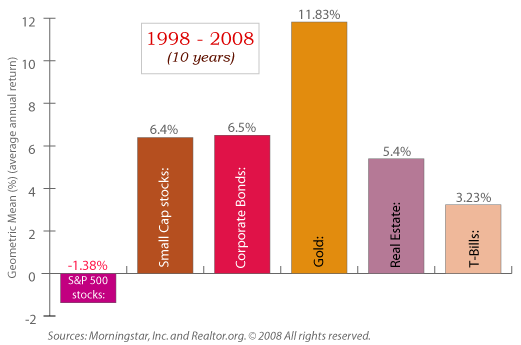American Funds Frequently asked questions about rebalancing
Post on: 24 Май, 2015 No Comment

These charts are for illustrative purposes only. The hypothetical examples are not intended to show the performance of any particular investment. Your results will be different.
In this example, to get back to your original allocation, youd need to move some money from your bond funds into growth and growth-and-income funds. Thats rebalancing.
Why rebalance?
If youre happy with your investment strategy, youll want to make sure the proportions of funds in your portfolio stay the same. If your allocation has shifted over time, you may want to adjust it to stay on your original course.
Remember, your decision to rebalance should be based on your long-term investment strategy, not on market results on a certain day. Rebalancing is not setting out on a new investment strategy. Rather, it is a way to stay committed to your original strategy.
When should I rebalance?
Many experts suggest that you should consider rebalancing if the funds in your portfolio have strayed more than 5% to 10% from your original allocation, as illustrated in the pie charts above.
Its a good idea to review your asset allocation at least once a year. Many investors choose an easy date to remember such as birthdays or New Years as their annual portfolio checkup date. If the markets are changing significantly, you may want to rebalance quarterly.
Before you rebalance, ask yourself if your investment objectives, time horizon or personal circumstances have changed substantially. Your investment mix should always accurately reflect your current needs, goals and plans.
How do I rebalance?
Its a simple three-step process:
- Review your original investment allocation you selected at enrollment.
- Check your current asset allocation in your quarterly or year-end statements or on this website (if available) to see if your fund proportions have shifted.
- If you need to rebalance, transfer money from mutual funds that have grown to be a larger percentage of your portfolio than you had originally chosen to funds that have decreased. This transaction is also known as an exchange. Your goal, if appropriate, is to return to your original allocation percentages.
Some plans offer a rebalancing option that automatically returns your investments to your original allocation. You may be able to rebalance your investments over the phone or through online account access. Check with your employer.
Investments are not FDIC-insured, nor are they deposits of or guaranteed by a bank or any other entity.
Investments are not FDIC-insured, nor are they deposits of or guaranteed by a bank or any other entity, so they may lose value.
Investors should carefully consider investment objectives, risks, charges and expenses. This and other important information is contained in the fund prospectuses and summary prospectuses, which can be obtained from a financial professional or downloaded and should be read carefully before investing.














